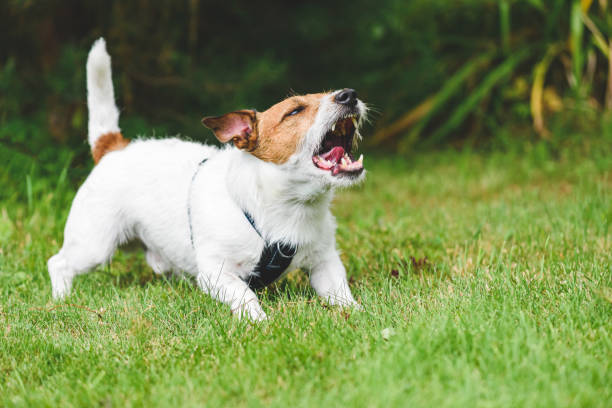
Why I Prioritize Understanding Over Food
This weekend, I took Flynn and Derek on a hike around a nearby lake, with both of them wearing their training tools.
The trail winds along the waterline and through sheep and cattle fields. Derek has this amazing fascination with cattle—he just sits there in awe for hours. Flynn is a special guy but has a thing against birds and a definite interest in sheep or rabbits. Both dogs had a blast without needing to be leashed, corrected, or getting into any trouble.
Both were approached by off lead dogs with questionable behavior and training and both understood expectations and followed through with them!
I get questions about why I don't use food for serious behavior changes and sometimes choose tools instead.
Let me explain the reasons behind it, which often can mean life or death for a dog!
While food is a prefered choice for teaching tricks or basic commands (and I use them when appropriate), behavior modification requires a different strategy, more often then not with a whole higher expectation then a pet dog owner can comprehend. Many of the dogs and their owners who come to me are on their last chance—where a mistake can mean a life-or-death outcome.
Here’s why I prefer not to rely on food:
True Motivation
Food can mask the real issues. By avoiding food, I search deep into a dog’s behavior to address root causes, achieving change through understanding and consistency.
Consistency
Dogs must learn to behave in all situations, not just when treats are present. Removing food from training ensures dogs respond well consistently, regardless of circumstances. It takes about 2,000 repetitions for a behavior to become muscle memory (like riding a bike), but over 5,000 repetitions are often needed to change unwanted behaviors.
Natural Responses
Focusing on natural responses and instincts builds a stronger bond between you and your dog. This approach encourages dogs to think and respond based on their relationship with you, rather than the expectation of a treat. It’s about giving them choices and opportunities to find the "right" solution.
Real-World Scenarios
In many situations, treats aren't readily available. Training without food ensures dogs listen and respond even without treats on hand.
Using Tools When Necessary
Every dog is unique, and sometimes tools like prong collars, e-collars, or lead corrections can aid in training effectively and humanely. I use these tools carefully and responsibly, always prioritizing the dog's well-being. Discussions with the owner always come first before any tool is considered, ensuring a positive learning environment tailored to each dog’s needs.
Every dog's journey to better behavior is unique. By understanding and addressing the root of their actions, owners and I lay the foundation for a healthier, happier relationship. All training methods used by PawSaga are chosen in agreement with the owner, after thorough discussions and explanations.

